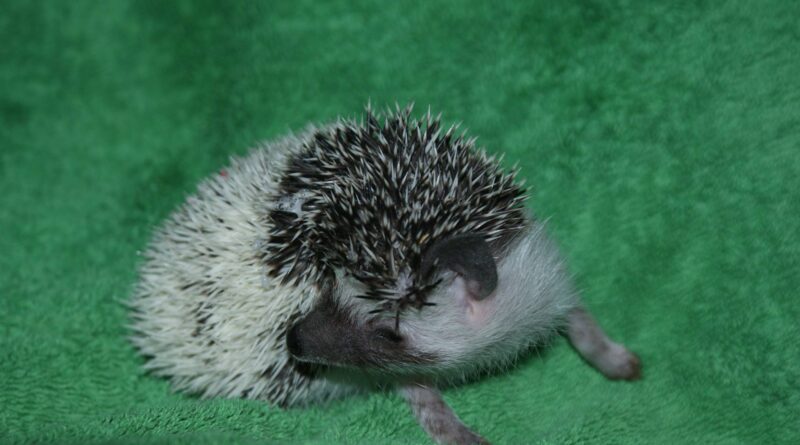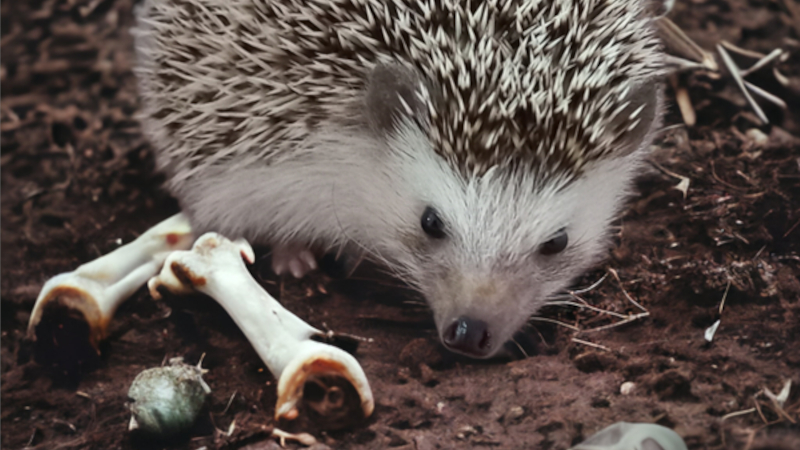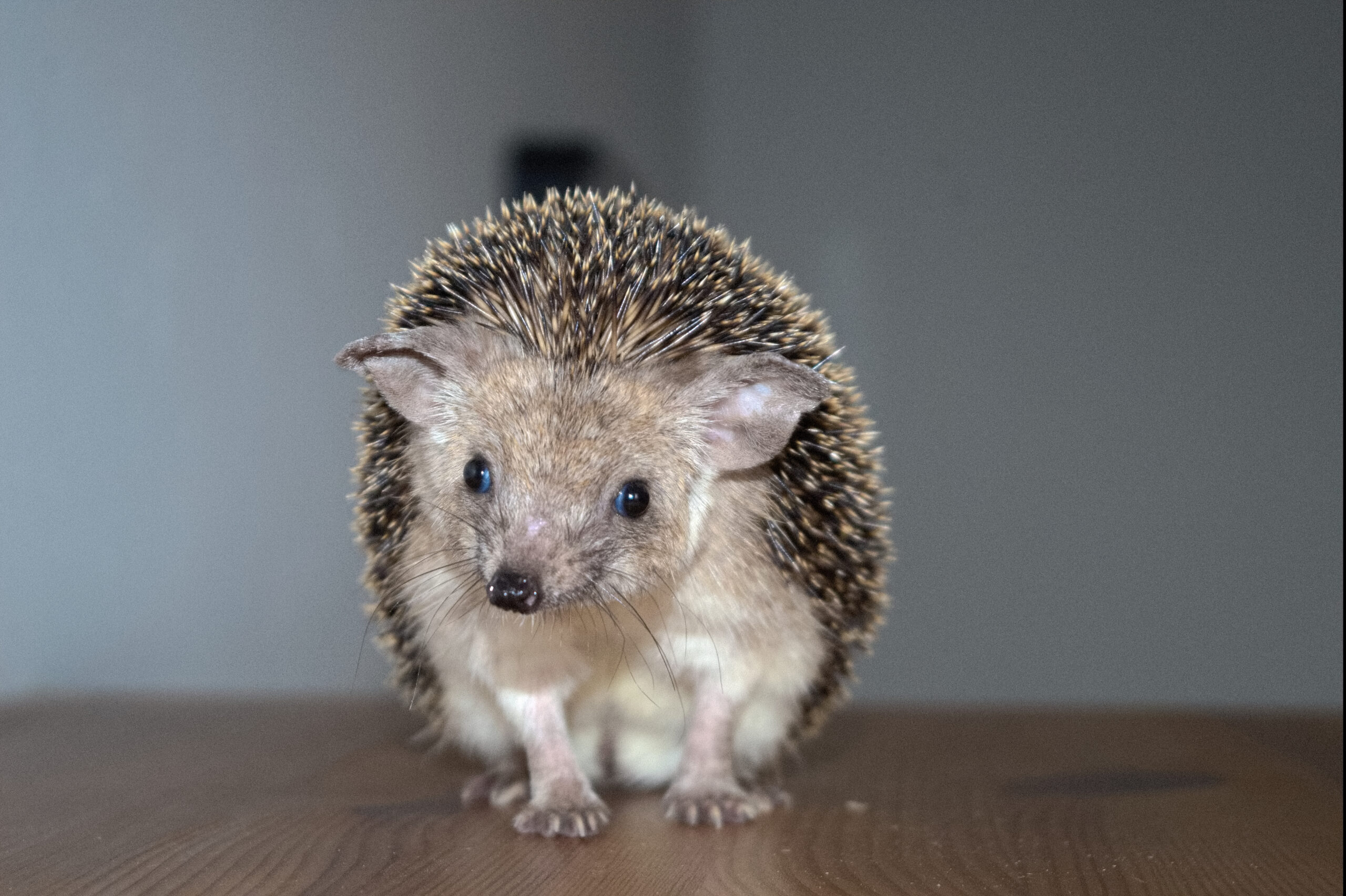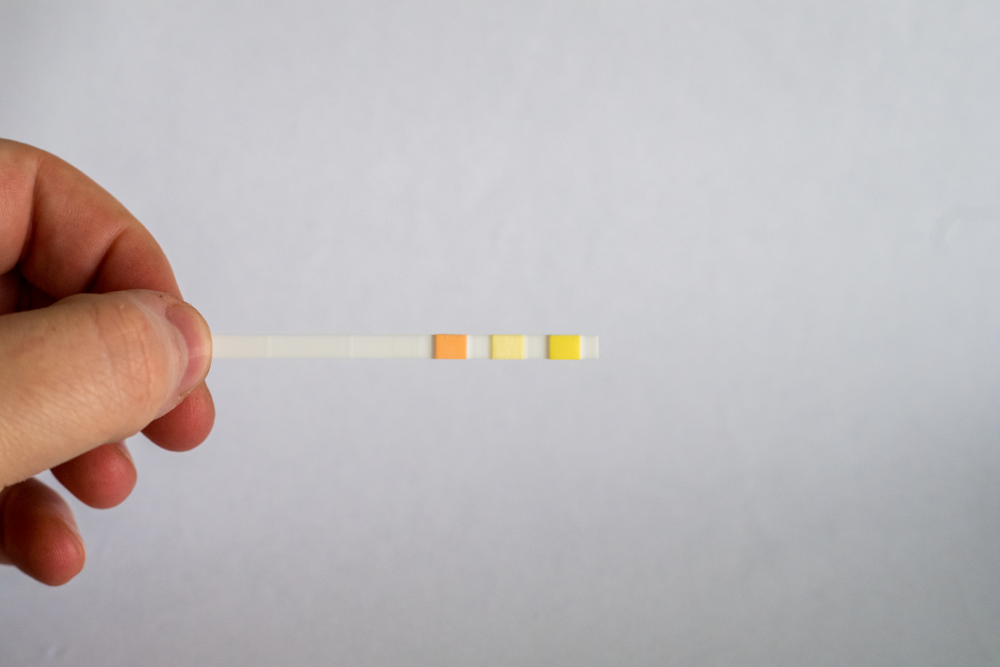No one knows for sure why hedgehogs anoint…
But studying other animals might give us a clue
Self-anointing is a hedgehog behaviour that has captivated the imagination of keepers and animal scientists alike for decades. The shocking combination of body contortion and foaming saliva is often mistaken for rabies, but anointing is actually a perfectly normal, natural behaviour in the animal kingdom which can serve a variety of different functions depending on the animal performing it. Currently, the true motivation of anointing behaviour in hedgehogs is unknown, but there are multiple theories as to its purpose and research into other animals that carry out this behaviour could help us to deduce it. These are the key theories that are currently in circulation among zoologists and hedgehog keepers around the world.
Scent Masking
One theory suggests that hedgehogs anoint in order to disguise their scent from predators. This would be an extremely useful defense against many of the natural predators of hedgehogs such as badgers and hyenas, which have a very keen sense of smell to help them to detect prey. If this is the case, hedgehogs would not be the only animals to anoint in order to make themselves harder to find. In “Snake scent application in ground squirrels…a novel form of antipredator behaviour?” researchers reveal that California ground squirrels often chew on shed rattlesnake skin in order to apply the scent onto themselves by licking their fur in a similar manner to hedgehogs – a tactic that another paper on the same subject describes as “Donning your enemy’s cloak” in order to avoid detection. Hedgehogs may not be anointing with the leftover remains of their predators, but they are often observed to anoint with substances that have strong odours that could help to mask their natural scent.
Protection From Predators
Another popular theory postulates that hedgehogs anoint for the purpose of protection. In “Hedgehogs use toad venom in their own defense”, Brodie notes that many of the substances that wild hedgehogs anoint with would be likely to cause additional irritation or even risk of infection to the skin of any predator that gets close enough to be pierced by a hedgehog’s spines, thus encouraging the predator to let go in the moment and leave hedgehogs alone in future hunts. According to Brodie’s research, no other animal anoints with the toxic secretions of another for their own protection from predators, but there are multiple papers which describe primates self anointing in order to protect themselves from parasites, so it is entirely possible that hedgehogs anoint as a way of warding off unwanted attention as well. It is also worth noting that hedgehogs display a resistance to various toxins – an adaptation that would certainly complement using the poisonous secretions of other animals to their advantage.
Intraspecies Communication
Brockie’s research, entitled “Self-anointing by wild hedgehogs, Erinaceus Europaeus, in New Zealand”, describes self anointing among wild hedgehogs as a communication behaviour, allowing young hedgehogs to convey their whereabouts to their mothers and adult hedgehogs to share mating signals. This is an interesting theory as hedgehogs are known to exhibit the flehmen response: a means of receiving chemical information from other animals. The flehmen response is also well documented in ring-tailed lemurs, which use “tail anointing and tail wafting” in order to communicate with females and increase their chances of mating: a technique referred to as “Stink flirting”. Although Brockie notes that anointing behaviour in captive hedgehogs is often triggered by novel olfactory experiences such as new foods or objects in the environment rather than the presence of other hedgehogs, he suggests that anointing is a “displacement activity” among domestic animals which no longer serves a specific purpose in captivity.
Captive hedgehogs have often been observed to anoint with foods that they enjoy, which has resulted in a common belief that their anointing behaviour is linked to a desire to prolong a pleasurable experience. However, anecdotal reports have described cases of hedgehogs anointing with all manner of things that aren’t likely to be pleasurable or beneficial for them, with bird excrement being one notable example. It is therefore unclear what makes a scent appealing to anoint with, or what its purpose may be in a domestic environment. Regardless, it is clear that anointing is unlikely to be a mating behaviour in captivity, as entirely solitary hedgehogs are still regularly observed to anoint with novel substances.
In Conclusion
Despite a great deal of debate as to the core drive behind anointing in hedgehogs, it appears to be a multi-functional behaviour that gives them numerous advantages in the wild including the potential for camouflage, chemical defense and perhaps even communication with others of their species. Of course, whether or not another animal anoints for the same reason should not necessarily be a metric by which we judge a theory’s legitimacy, but taking note of parallels in behaviour across the animal kingdom provides interesting points for further discussion and exploration. Additional research is required to ascertain which of these theories – if any – is the true purpose of hedgehog anointing.
Article by Sarah Bessie.




